Paul Alexander led an extraordinary life unlike any other. For most of his years, he lived inside an iron lung—a massive, vintage respirator from 1928. Remarkably, he was one of the last people on Earth still relying on this historic device to breathe.
Despite his extraordinary circumstances, Paul embraced life to the fullest, never settling for anything less than a meaningful and purposeful existence.
“I am not going to accept from anybody their limitations on my life. Not gonna do it. My life is incredible.”
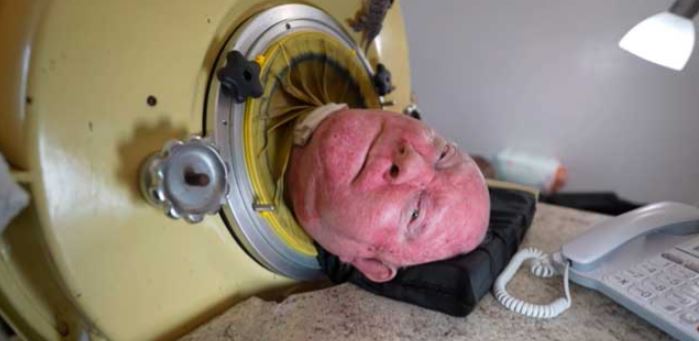
At just six years old, Paul Alexander came running into his family’s home in a quiet Dallas suburb and told his mother he didn’t feel well. Up until then, Paul had been a healthy, energetic child—born in 1946, full of life and curiosity. But that day, something changed. Something was clearly, terribly wrong.
“Oh my God… not my son,” Paul remembered his mother saying, her voice filled with shock and fear.
Following the doctor’s advice, Paul stayed in bed to recover—but it quickly became clear this was no ordinary illness. He had polio, and he was rapidly getting worse. Within days, the once-active boy could no longer hold anything in his hands. Soon after, he lost the ability to swallow… and then to breathe.
Desperate and terrified, his parents rushed him to the hospital—where he was met by a haunting sight: countless other children, all suffering the same terrifying symptoms.
Before the polio vaccine became widely available, the virus paralyzed more than 15,000 people each year. Highly contagious and often silent, polio could spread even when the infected showed no symptoms—making it one of the most feared diseases of its time.
Polio often begins with seemingly mild symptoms—fatigue, fever, stiffness, muscle pain, and vomiting. But in more severe cases, the virus can lead to paralysis… and even death.
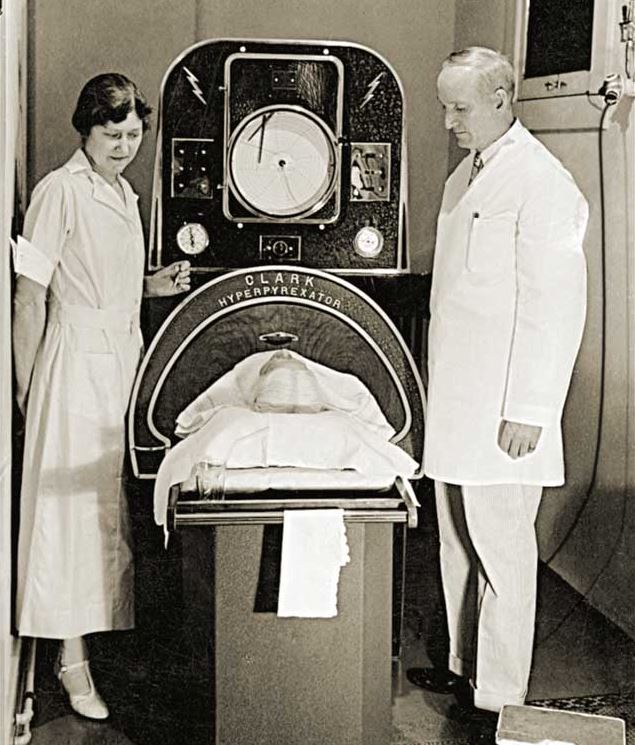
A doctor examined Paul and declared him dead. But just as hope seemed lost, another physician stepped in—looked closer—and made a life-changing decision: Paul still had a chance.
The second doctor quickly performed an emergency tracheotomy, and, with no time to waste, Paul was placed inside an iron lung—his only hope for survival.
When Paul finally woke up three days later, he found himself surrounded by rows of other children, all trapped inside their own iron lungs, fighting for their lives.
“I didn’t know what had happened,” Paul recalled. “I had all kinds of thoughts running through my mind, wondering if I had died. I kept asking myself: Is this what death is? Is this a coffin? Or have I ended up in some terrible place?” Paul shared this deeply personal reflection during an interview with As It Happens host Carol Off in 2017.
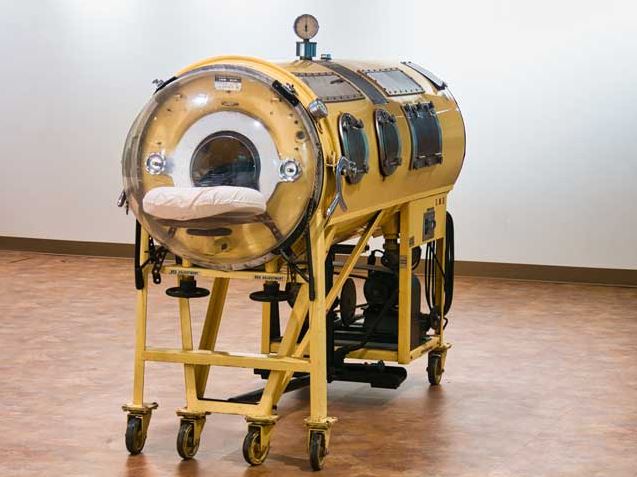
Paul, with a tracheotomy in place, couldn’t speak—a silence that only deepened his fear and confusion, making the entire experience even more terrifying.
“I tried to move, but I couldn’t— not even a finger,” Paul recalled. “I tried to touch something, anything, to make sense of it all, but I couldn’t. It was all so strange, so unsettling.”
Invented in the late 1920s, the iron lung was the first machine capable of ventilating a human being. Often called the “Drinker respirator” in its early days, this life-saving device was sealed tightly from the neck down. It created negative pressure within the chamber, drawing air into the patient’s lungs. When the pressure was reversed, the air would be forced out, allowing the patient to exhale.
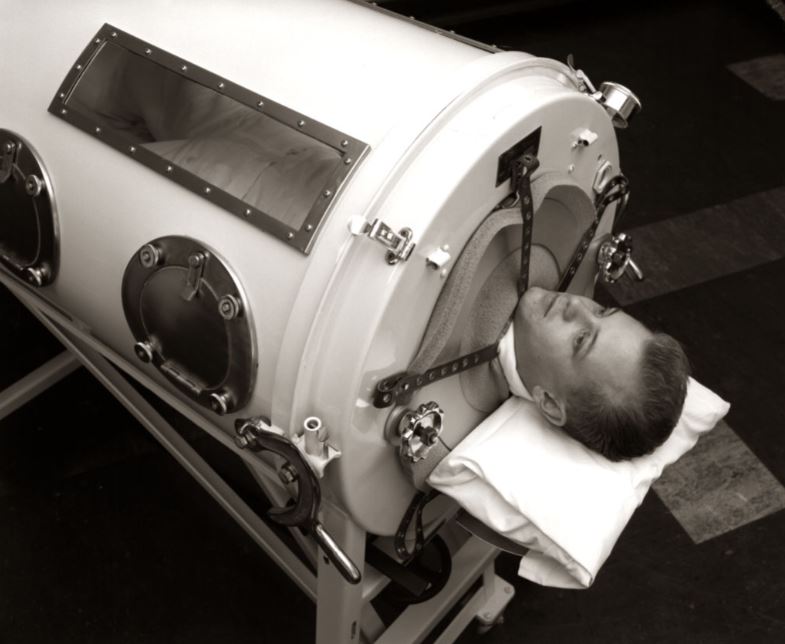
Paul spent 18 long months inside the confines of the iron lung, battling the aftermath of the polio virus. And he wasn’t alone. The year Paul contracted the disease—1952—was one of the darkest in history, with staggering statistics reflecting the widespread devastation caused by the virus.
In 1952, nearly 58,000 people, most of them children, were struck by the polio virus in the U.S. Tragically, 3,145 of them lost their lives.
“As far as you could see, rows and rows of iron lungs—each one filled with children,” Paul recalled, according to The Guardian.
While others may have lost their will to fight, it only ignited Paul’s determination to survive.
As doctors walked by, he would often hear them murmur, “He’s going to die today” or “He shouldn’t be alive.” But with every word, Paul’s resolve grew stronger—he was determined to prove them wrong.
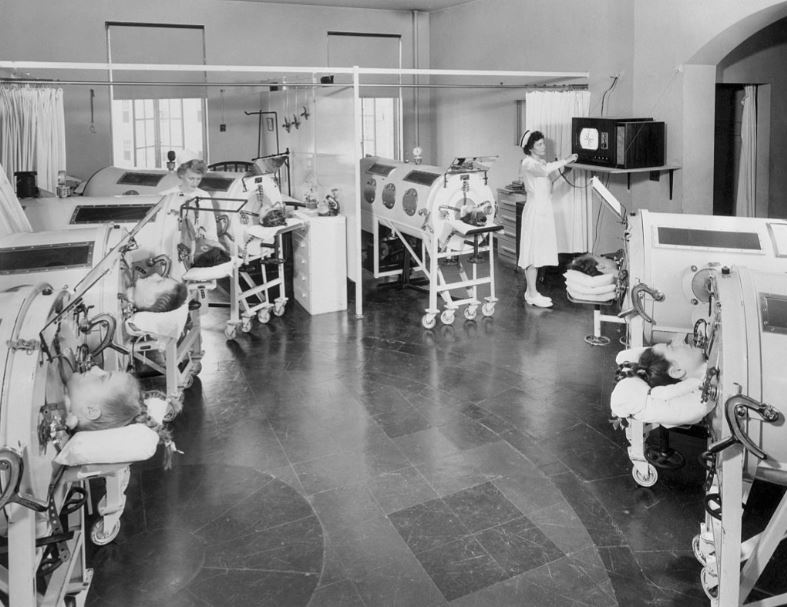
And that’s exactly what he did!
In 1954, Paul was finally discharged from the hospital, but he soon realized that his life would never be the same again.
“People didn’t like me very much back then,” Paul reflected in a 2021 video interview. “I could tell they were uncomfortable around me.”
With the support of his therapist, Mrs. Sullivan, who visited him twice a week, Paul’s life began to slowly improve. She made him a deal: if he could master “frog-breathing”—a technique where you trap air in your mouth by flattening your tongue and opening your throat—without the iron lung for three minutes, she’d reward him with a puppy.
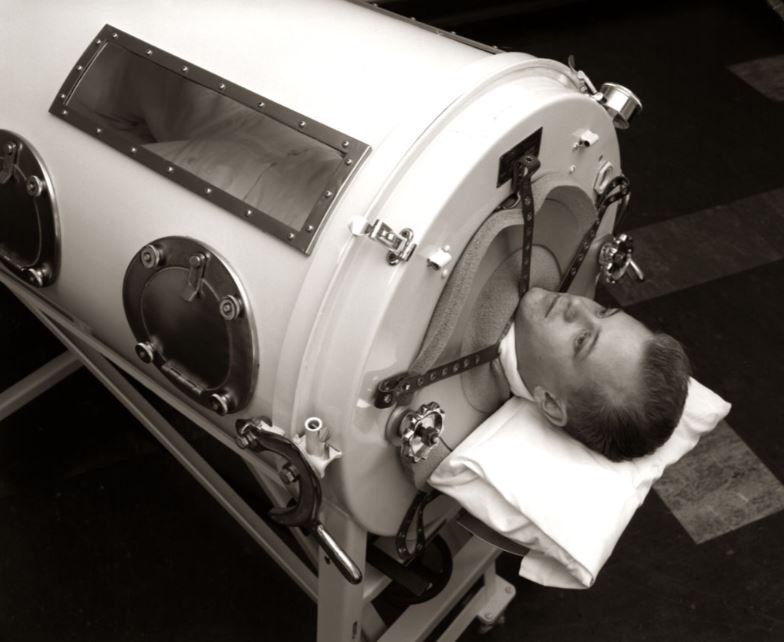
It was grueling work, but little by little, Paul began to make progress. Within a year, he was able to spend more and more time out of the iron lung, reclaiming his freedom bit by bit.
When he was 21 he became the first person to graduate a Dallas high school – with honors! – without ever physically attending class. He then set his sights on college, and after several rejections, he was accepted to Southern Methodist University.
“They told me I was too crippled and hadn’t received the vaccination,” Paul recalled. “After two years of persistence, they finally agreed to accept me—on two conditions: first, that I take the polio vaccine, and second, that a fraternity would be responsible for me.”
Despite the odds, Paul went on to graduate from Southern Methodist University, before pursuing law at the University of Texas at Austin. He passed the bar exam and went on to become a respected lawyer in the Dallas-Fort Worth area.
“And I was a pretty damn good one, too!” Paul proudly added.
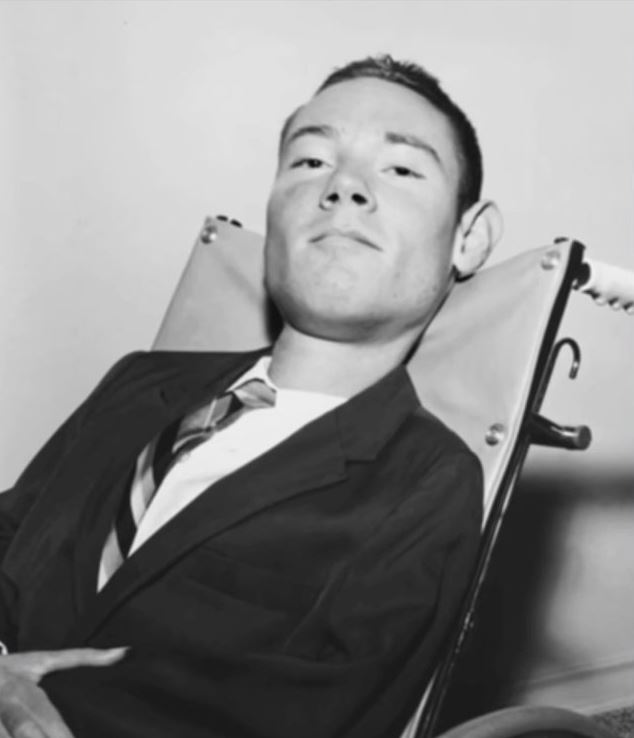
Even after a successful 30-year career in the courtroom, Paul stayed active, writing a book that he typed entirely on his own—using a pen strapped to a stick.
According to Gizmodo, Paul is believed to be one of the last people to have lived in the nearly obsolete iron lung. For much of his life, he was confined to the machine, spending his days and nights trapped inside its metal confines.
“I’ve traveled with it—put it in a truck, took it to college, lived in a dorm. It freaked everybody out,” he said with a hint of humor.
Paul’s type of iron lung hasn’t been manufactured in over fifty years, as modern ventilators have since become far more advanced and sophisticated.
Despite the availability of newer technology, the polio survivor chose to remain in his familiar metal chamber, preferring the comfort and reliability it provided over more modern options.
Seven years ago, the Dallas attorney was forced to make a desperate YouTube plea when his beloved iron lung nearly broke down. Thankfully, abandoned machines still existed across the country, providing a source of spare parts. Paul also found support from a community of enthusiasts who have a deep appreciation for vintage technology.
“A lot of people who had polio are gone now. What did they do with the iron lung?” Paul reflected. “I’ve found them in barns, garages, even junk shops. Not many, but just enough to scrounge for parts.”
Paul once said the key to his fulfilling life was simple: “I never gave up.”
“I wanted to accomplish the things I was told I couldn’t,” Paul said. “And I wanted to achieve the dreams I dreamed.”
Polio has been effectively eradicated in the United States since 1979. However, occasional cases of vaccine-derived polio still emerge, posing ongoing concerns.
Paul Alexander cause of death
Paul Alexander, famously known as “The Man in the Iron Lung,” tragically passed away in March 2024. Though he spent most of his life inside the metal machine that helped him breathe, those who knew him remember him not for his condition, but for his warmth, resilience, and vibrant spirit.
His brother, Philip Alexander, fondly recalled their deep bond, describing Paul as a “welcoming, warm person” whose “big smile” could instantly make anyone feel at ease and at home.
“To me, he was just a normal brother,” Philip shared with the BBC. “We fought, we played, we loved, we partied, we went to concerts together—he was just my brother. I never thought about it any differently.”
Philip also spoke deeply about Paul’s strength and independence, even in the face of overwhelming physical limitations. “He was the master of his domain, helping people help him,” he said, admiring how Paul managed to maintain control over his life, despite needing assistance with basic tasks like eating.
Paul was truly an inspiration. He shaped his life against all odds, living with courage and resilience that speaks volumes. His story is compelling, and it’s one that I hope everyone who reads this will carry forward and share with others.
Paul’s determination proves that the only real limits are the ones we place on ourselves. His story is a testament to resilience, and I encourage you to share it with friends and family—let it inspire others to push beyond their own limits.